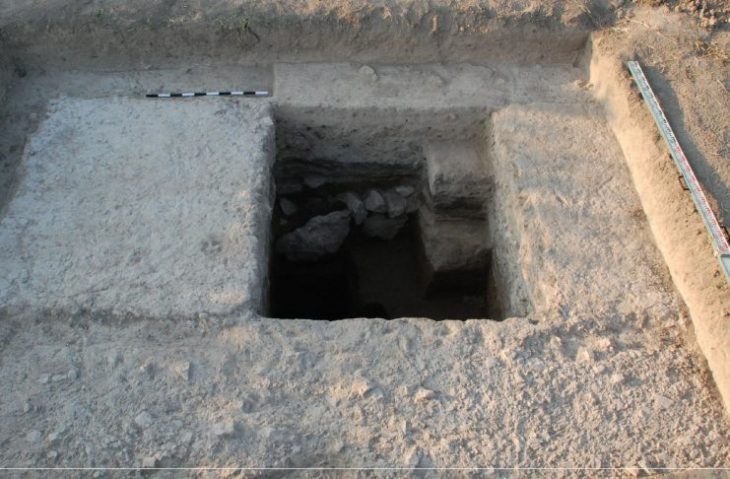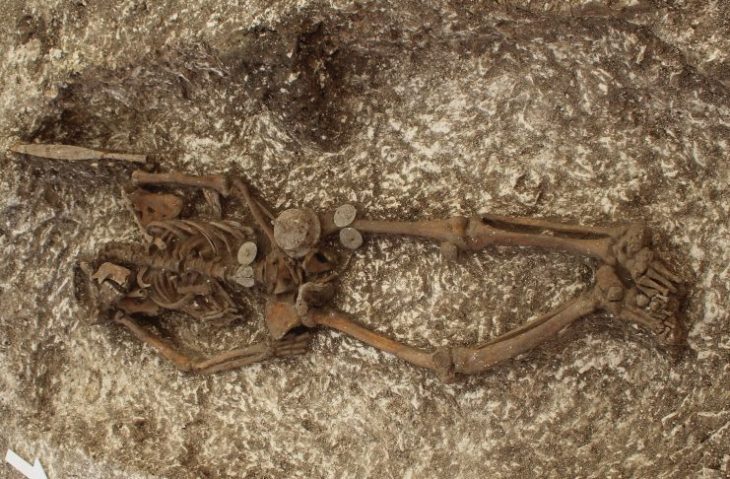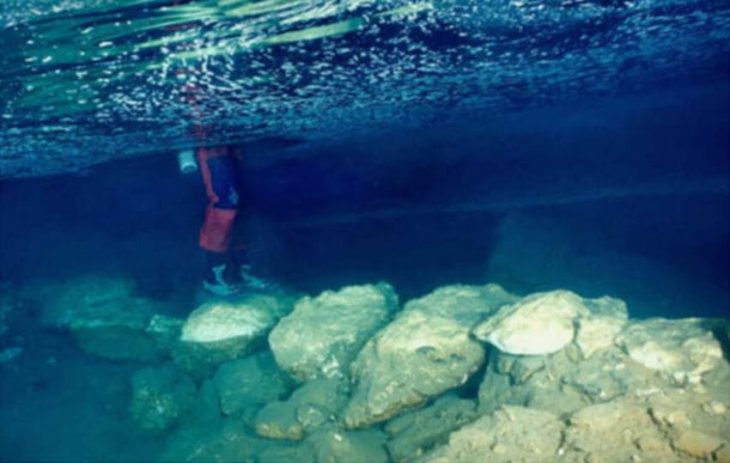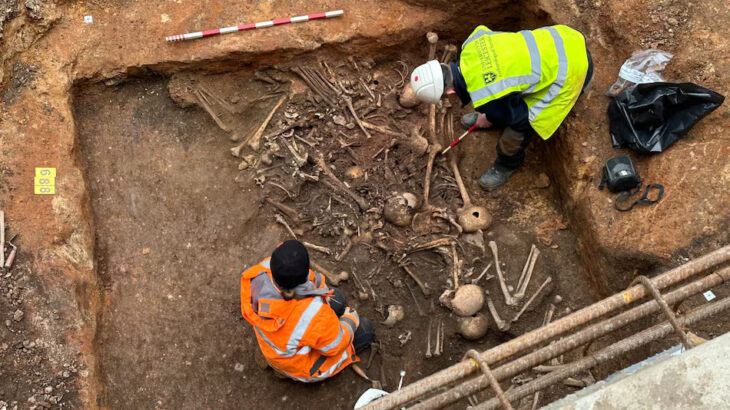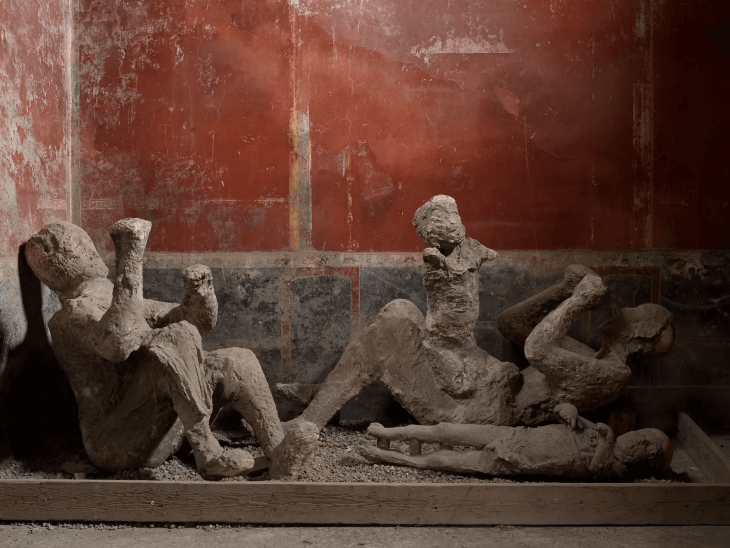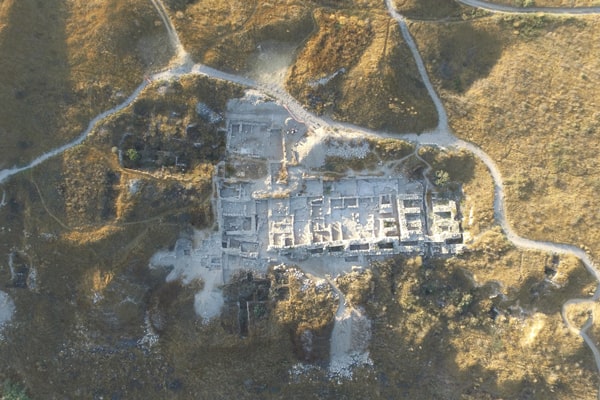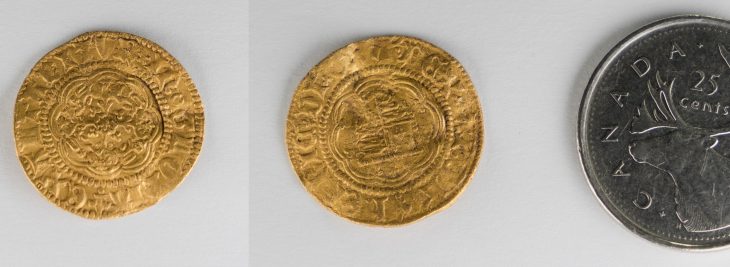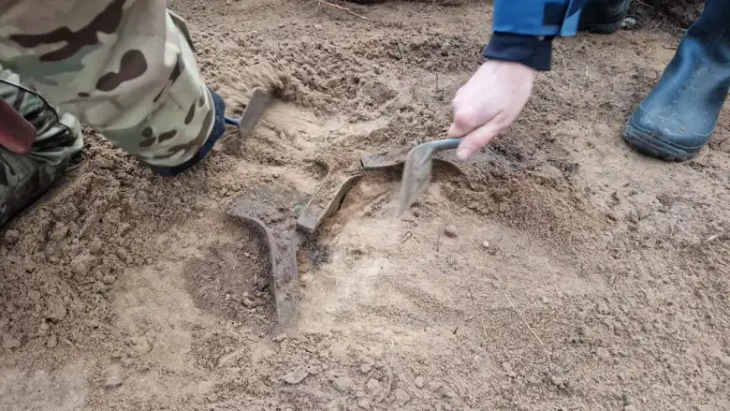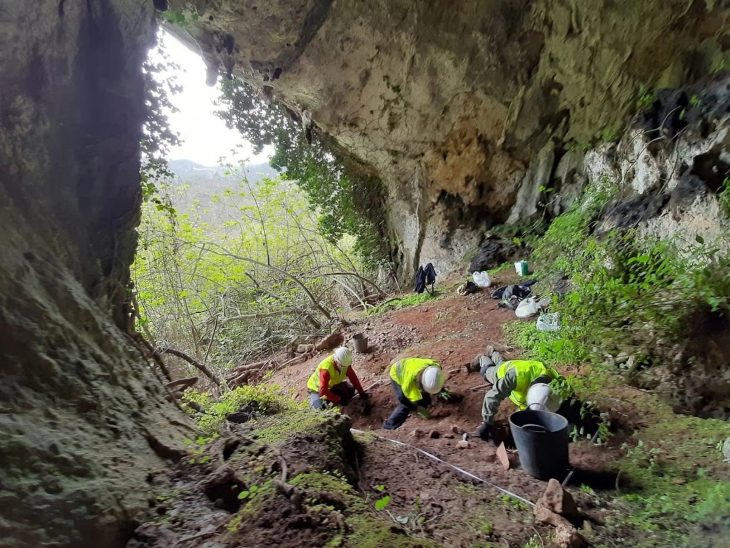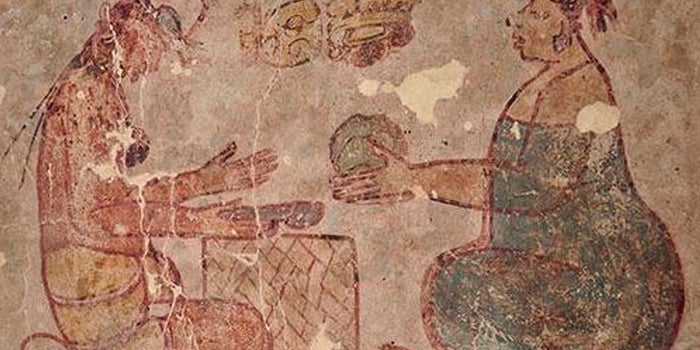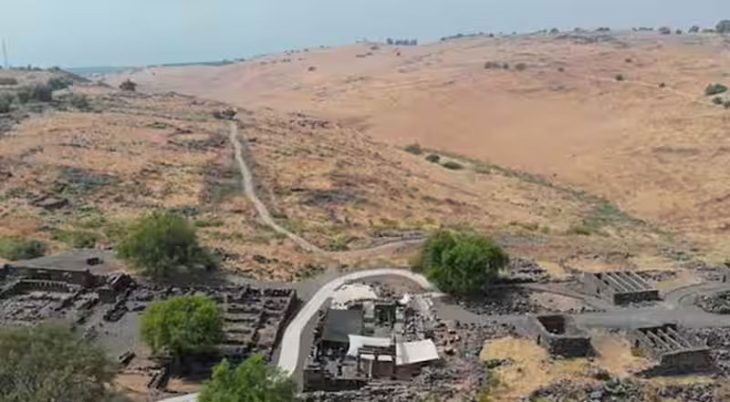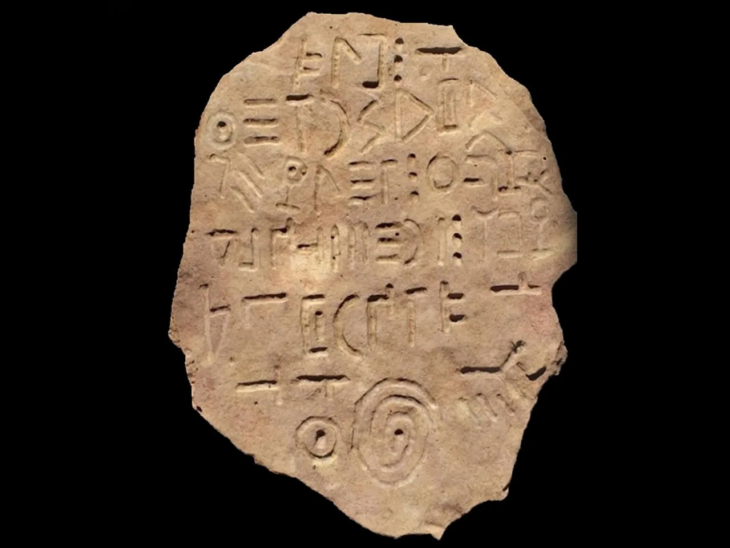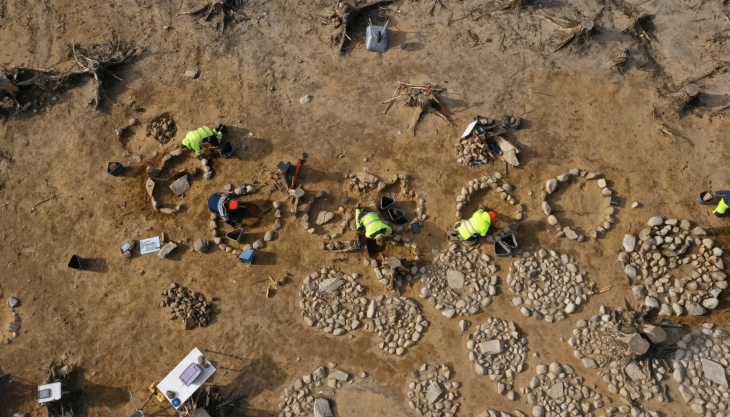In Vence, a historic town just west of Nice in southeastern France, archaeologists have uncovered one of the most significant early Christian discoveries in decades
Beneath the covered marketplace, workers renovating the site revealed the remains of a 5th-century cathedral and a remarkably preserved baptistery, hidden for more than 1,500 years.
The excavation, led by teams from the Regional Directorate of Cultural Affairs (DRAC) and the Nice metropolitan archaeological service, uncovered a complex stretching nearly 30 meters and spanning more than six centuries of Christian history.
Remarkably Preserved Baptistery and Burials
The centerpiece of the find is the baptistery, located outside the cathedral, which still retains its original baptismal font. Shaped octagonally on the outside and cross-shaped within, the font was lined with béton de tuileau, a Roman concrete made from crushed tiles. Unlike most ancient baptismal structures, this one survived without later modifications, providing rare insight into early Christian practices when adult baptism by immersion was the norm.
Archaeologists also discovered around 30 tombs inside the cathedral’s nave, constructed with pitched Roman roof tiles. These burials are believed to belong to bishops, canons, and other members of the clergy, dating as far back as the Carolingian era. Experts hope that radiocarbon analysis may help link some of these remains to known historical figures of Vence’s early bishopric.
📣 Our WhatsApp channel is now LIVE! Stay up-to-date with the latest news and updates, just click here to follow us on WhatsApp and never miss a thing!!

A Marketplace Linking Past and Present
The discovery is considered so exceptional that experts say such finds occur only “once every 50 or 60 years” in Europe. Yet rather than halting the renovation of the town’s market halls, the municipality has chosen to integrate the archaeological remains into the new commercial space.
Plans include a transparent glass floor above the baptistery, allowing visitors and shoppers to view the ancient structure below. Portions of the cathedral’s apse and possibly one of the burials will also be displayed under protective panels, blending modern life with ancient history.
A Window Into the Rise of Christianity in Provence
Beyond its architectural value, the site provides a crucial perspective on the spread of Christianity in southern France. Vence held a strategic position between Italy and Gaul, and its bishops played a central role in shaping early Christian communities, particularly through ties with the influential monastic centers of the Lérins Islands. Excavations also revealed evidence of a Roman dwelling beneath the cathedral, highlighting the town’s layered history.
After centuries of use, the original cathedral was demolished in the 11th century to make way for a new structure nearby. Remarkably, the abandoned nave was later reused to cast bells for the newer church, a reminder of how sacred spaces were adapted over time.
“This discovery confirms the antiquity of the bishopric of Vence and enriches our knowledge of early Christian practices in Provence and the Alpes-Maritimes,” said archaeologist Fabien Blanc-Garidel. “It is an opportunity to understand the evolution of a sacred site across six centuries—a chance that comes only once in a lifetime.”
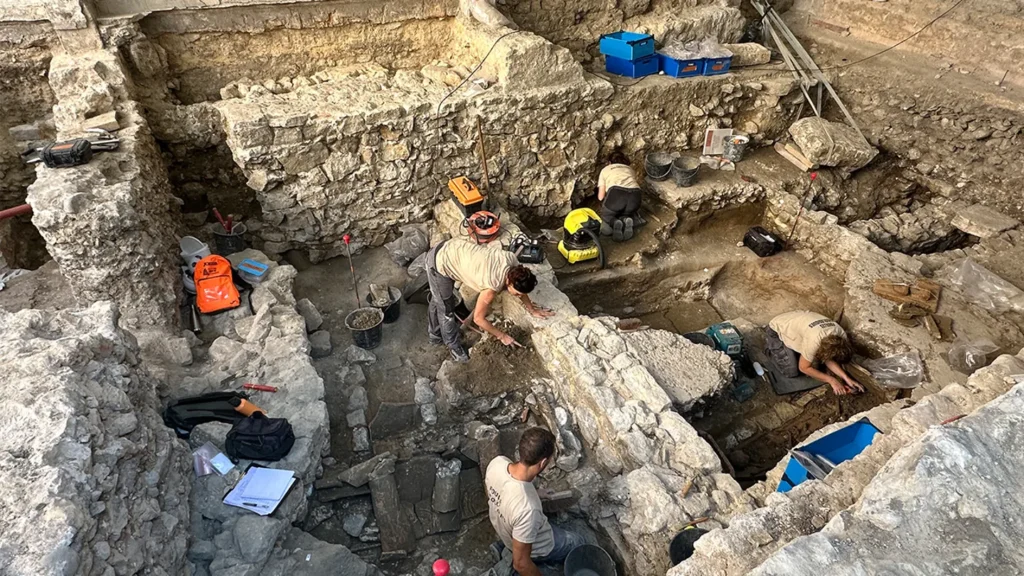
With the integration of the cathedral and baptistery into the renovated market halls, Vence is ensuring that its past remains visible in daily life. For both residents and visitors, the marketplace will soon be a place where shopping and history coexist, offering a rare glimpse of early Christianity preserved beneath the rhythm of the modern city.
Cover Image Credit: Choir and apse of the ancient cathedral of Vence / Baptistery of the ancient cathedral of Vence (© F. Blanc Garidel, Nice Côte d’Azur Archaeology Service)


